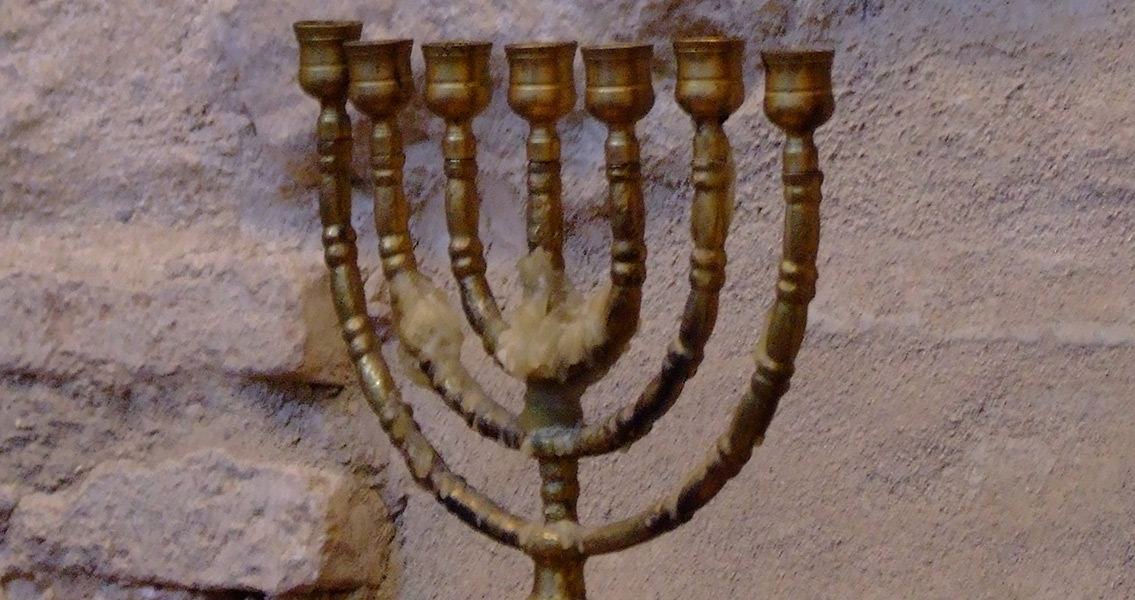<![CDATA[Archaeologists in Israel have recently unearthed a glass bracelet adorned with a distinct design. The ancient piece of jewellery is engraved with a seven-branched candelabrum, or as most people call it today, a menorah - the symbol of the Hanukkah holiday. The piece of jewellery was discovered in Mount Carmel National Park, which was a large settlement during the late Roman and Early Byzantine periods. The archaeologists were working there as part of excavations for a new water reservoir in the area. Last year, during a routine dig on December 18th, the team of researchers and excavators uncovered a box containing hundreds of glass pieces that had been thrown into a refuse pit. Among the ancient pieces of jewellery was a small fragment of decorated glass from a bracelet. Limor Talmi and Dan Krizner, excavation directors for the Israel Antiquities Authority stated, "After cleaning, we were excited to discover that the bracelet, which is made of turquoise coloured glass, is decorated with symbols of the seven-branched menorah, the same menorah which according to tradition was kept alight in the temple for eight days by means of a single cruse of oil." The menorah symbol was likely stamped on the bracelet while it was still hot, according to the researchers. The single fragment is composed of two menorahs, each with the traditional seven branches, but with one menorah also depicting a single flame above each branch. According to Tael Gorin-Rosen, head of the Ancient Glass Department of the Israel Antiquities Authority, glass bracelets engraved with the menorah symbol are not an unusual find in this region. He went on to say that such symbols have been found on jewellery in the Lebanon, Syria, and Israel. Other symbols archaeologists commonly find on objects like these are lions and other animals, as well as images of gods. Rosen-Gorin continued, "Jewellery such as this was found in excavations, usually in the context of funerary offerings. It is unusual to find such objects in settlement strata and even rarer to discover them in an ancient refuse pit." Now, the archaeologists are puzzled as to what this piece of jewellery, so finely decorated with Jewish symbols, was doing in the garbage pit of an ancient settlement. It's possible that Jews were living in the upper Carmel region during the late Roman and early Byzantine periods. The researchers think that the bracelet may have been made in a workshop in the area to be shipped elsewhere. This theory makes sense in light of the fact that other glass debris was found in the same refuse pit. Image courtesy of Wikimedia commons user: Jerzy Kociatkiewicz]]>
Ancient Glass Bracelet Decorated with Menorah Found in Israel
